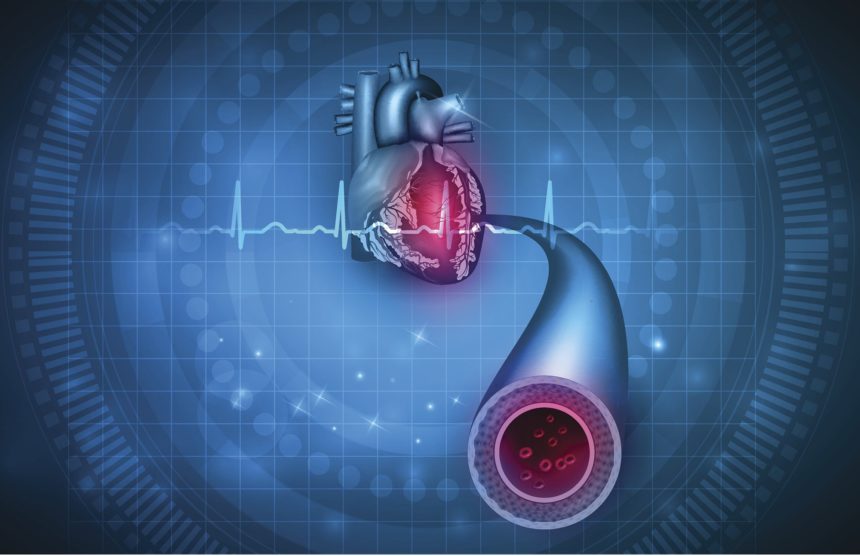Source:infectiousdiseaseadvisor.com
Despite elevated levels of some inflammatory biomarkers, individuals who are HIV-controllers and those who are long-term nonprogressors had similar subclinical cardiovascular disease (CVD) as individuals without HIV, according to results of a study published in HIV Medicine.
HIV-controllers are a rare subset of the HIV-positive population who demonstrate controlled levels of viral replication without antiretroviral treatment (ART). Long-term nonprogressors are a separate subset who are classified by longitudinal stability of CD4 T-cell counts. Moreover, HIV controllers and long-term nonprogressors exhibit increased levels of inflammation and immune dysregulation compared with individuals who do not have HIV. Although there are similar phenotypes, important distinctions exist between these groups. For example, long-term nonprogressors may still have nonsuppressed or high-level viremia, whereas HIV-controllers have chronic low-level viremia, but can demonstrate progression via decreasing CD4 T-cell counts over time. Understanding HIV-controllers and long-term nonprogressors may help elucidate the proportional contributions of ART, HIV replication, immunosuppression, and excess inflammation to subclinical CVD in the broader HIV-infected population.
Antiretroviral therapy for HIV infection has resulted in extended survival, and therefore greater age-related morbidity and mortality for noninfectious diseases, especially CVD, in those with HIV. A higher CVD-associated morbidity and mortality rate in individuals with HIV is associated with adverse events of ART and elevated levels of inflammation and immune activation. Carotid artery plaque and carotid intima-media thickness are noninvasive and validated measures of subclinical atherosclerosis and vascular disease associated with increased risk for CVD events. Therefore, this study compared the prevalence and extent of subclinical carotid and coronary atherosclerosis, as well as inflammatory biomarker levels among HIV controllers, long-term nonprogressors, HIV-infected noncontrollers, and HIV-uninfected individuals.
A total of 210 individuals who were HIV controllers or long-term nonprogressors were included. Carotid plaque presence and common carotid artery intima-media thickness were measured; the presence of coronary artery calcium and plaque were measured in a subgroup of men. Using multivariable regression analyses and adjusting for demographics and CVD risk factors, associations between the HIV control category and carotid and the prevalence of coronary plaque were assessed. Additionally, serum inflammatory biomarker concentrations were measured and were assessed for associations with the HIV control category.
In a secondary analysis, when compared with people who have HIV and are viremic, those who were HIV-controllers and long-term nonprogressors had a lower prevalence of carotid plaque (PR, 0.73 and 0.72, respectively). Compared with men with HIV who were viremic and men without HIV, those who were HIV controllers and long-term nonprogressors had similar prevalence of coronary atherosclerosis. Furthermore, compared with individuals without HIV, those who were HIV-controllers and long-term nonprogressors had higher concentrations of inflammatory biomarkers sCD163 and sCD14 (P <.05). Compared with individuals who do not have HIV, those with HIV who are viremic had higher concentrations of all 5 biomarkers assessed (P <.05).
Overall, the study authors concluded that, “Future collaborative studies with large, well-characterized cohorts of HIV controllers and [long-term nonprogressors] are needed to further characterize the risk of development of CVD among HIV-infected persons, in order to design effective CVD screening, prevention and treatment strategies for this unique population.”
